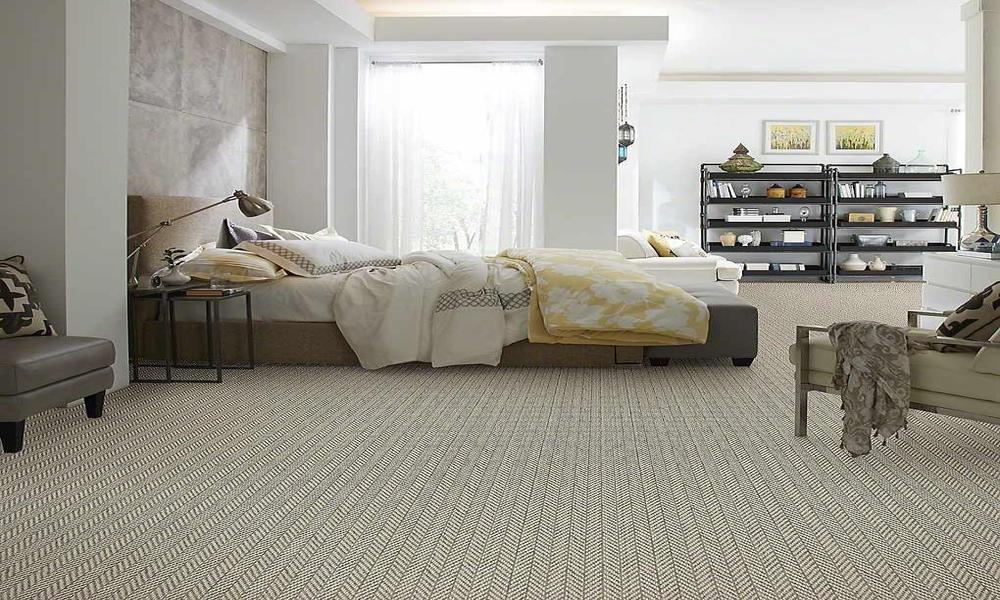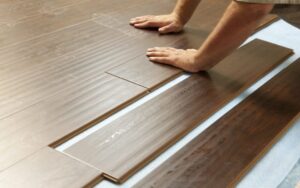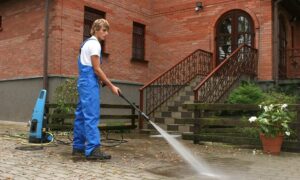
Ways You Can Reinvent SISAL CARPETS Without Looking Like An Amateur
Mix materials: Incorporate other materials to create unique designs. Combine sisal with other natural fibers like jute or seagrass to add texture and visual interest. You can also experiment with adding fabric or leather accents to create patterns or borders, giving your sisal carpet a personalized touch.
Experiment with patterns: Instead of a plain, uniform design, consider incorporating patterns into your sisal carpet. You can achieve this by using stencils and fabric paint to create a repeating pattern, or even by attaching patterned fabric or rugs on top of the sisal carpet to create an area rug effect.
Add binding or edging: Sisal carpets often have a raw, unfinished edge. By adding binding or edging, you can give your carpet a polished and professional look. Options include leather, fabric, or even contrasting sisal rope. Choose a material and color that complements the overall style of your room.
Layer with rugs: Layering sisal carpets with smaller rugs can create a stylish and sophisticated look. Select rugs in contrasting patterns, colors, or textures to add visual depth and interest. Experiment with different placement options to find a configuration that complements your space.
What Everyone Must Know About SISAL CARPETS
Natural and Eco-Friendly: Sisal carpets are considered environmentally friendly because they are made from renewable resources. The Agave sisalana plant requires minimal water and pesticides to grow, making it a sustainable choice for flooring.
Texture and Appearance: Sisal carpets have a distinctive texture and appearance. They typically have a coarse and natural feel underfoot, which adds a rustic charm to any space. Sisal fibers come in various shades of beige, ranging from light to dark, providing a natural and earthy aesthetic.
Natural Stain Resistance: Sisal fibers have natural stain-resistant properties, making them relatively resistant to spills and stains. However, it’s still important to address spills promptly to prevent permanent staining.
Allergies: Sisal carpets are a good option for individuals with allergies or respiratory sensitivities. Unlike carpets made from synthetic materials, sisal does not trap dust and allergens as easily.
How To Take The Headache Out Of SISAL CARPETS
Regular Vacuuming: Sisal carpets tend to attract dust and dirt, so regular vacuuming is essential. Use a vacuum cleaner with a brush attachment or a canister vacuum to remove loose debris from the carpet’s surface. Vacuum in one-of-a-kind instructions to make sure of thorough cleaning.
Avoid Moisture: Sisal carpets are not suitable for areas with high moisture levels, such as bathrooms or basements. Excessive moisture can cause the fibers to swell or even promote mold growth. Make sure to keep the carpet dry and address any water leaks or spills promptly.
Protect from Direct Sunlight: Sisal carpets can fade when exposed to direct sunlight for extended periods. Use blinds, curtains, or UV-protective window films to minimize the amount of sunlight reaching the carpeted area. This will help prevent color fading and prolong the carpet’s lifespan.
Use Rug Pads: Placing a rug pad underneath the sisal carpet can provide added cushioning and help prevent the carpet from shifting or sliding. Rug pads also create a barrier between the carpet and the floor, reducing the risk of damage to both the carpet and the floor surface.


